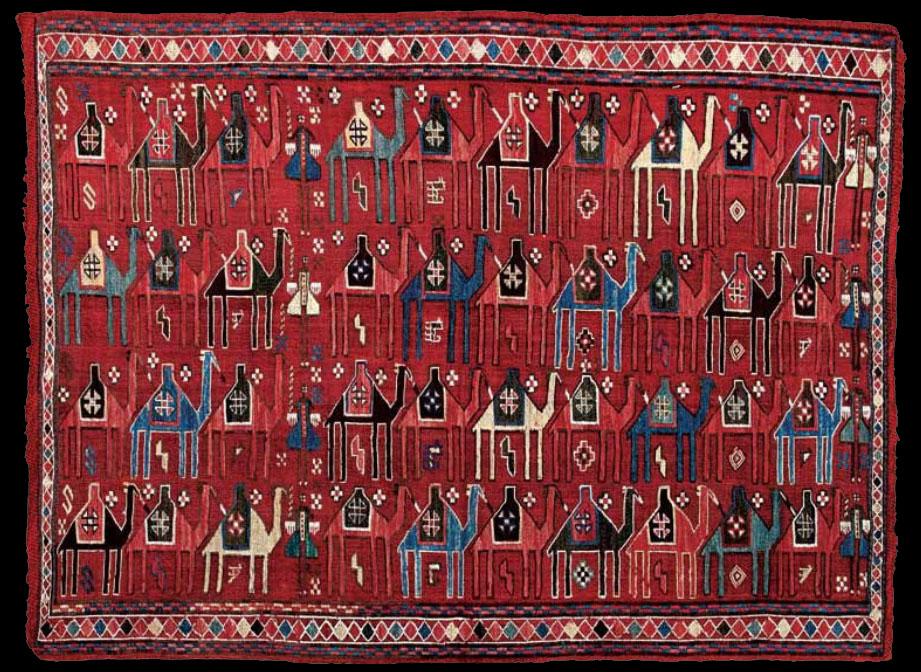Nakhchivan Rugs
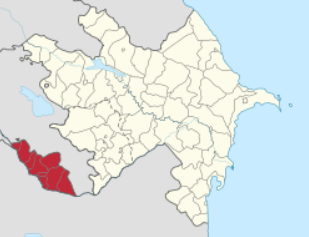
In Christian-Armenian tradition the highlands of Nakhchivan are assumed to be the hill on which the Noah’s ship landed and so the establishment of the city is attributed to him. Some epics name Bahram Chubin, as the builder of the ancient fortress. He was an Iranian noble who rebelled against the Sasanid King Khosraw Parvez.
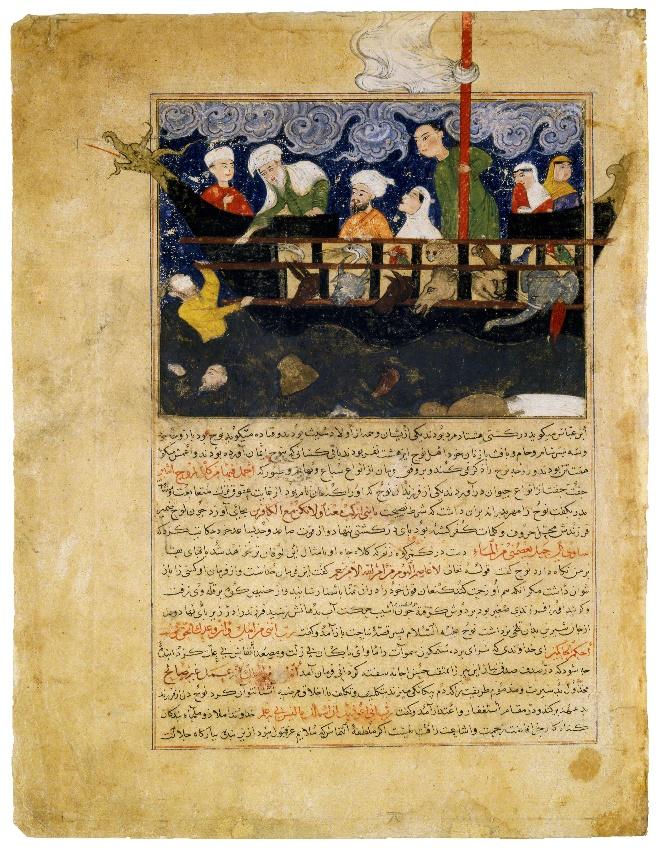
The last Shah of Persia who had actual rule in Caucasus was Fath-Ali Shah Qajar (1772-1834). He lost Nakhchivan and Yerevan Khanate to Tsar under the treaty of Turkamanchay. Today the city of Nakhchivan
is the administrative center of the Nakhchivan Autonomous Republic within the Republic of Azerbaijan but

separated from it by Armenia. The region covers 5,363 square miles and has a total population of 398,000.
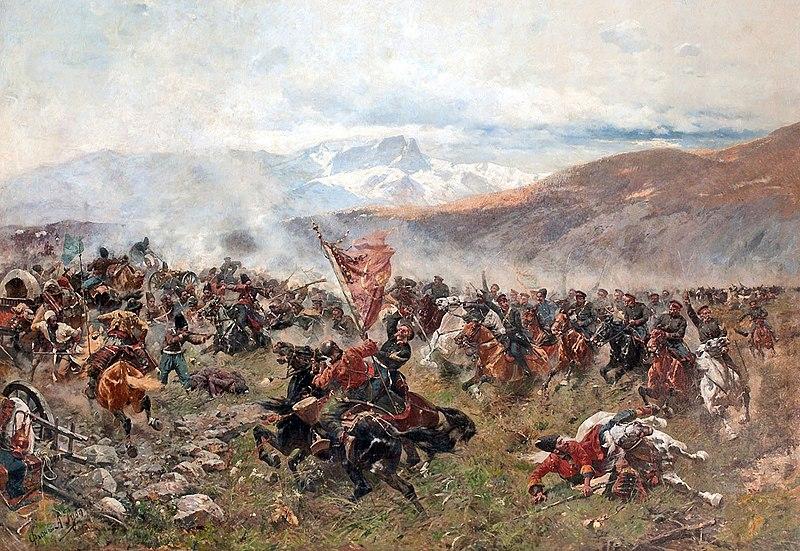
The city lies to the northwest of the great southern bend of the Araxes River, which forms the southern boundary of Nakhchivan and the rest of the Republic with the Iranian provinces of West and East Azerbaijan. The city is situated in the Araxes valley, in the highly active earthquake zone that runs through northern Iran into Anatolia, but to its northeast and south are high mountain ranges with peaks rising up to 12,800 ft.
Carpet-weaving is an essential craft for folks living in such high lands. Here Azeri Turks and Armenians share the tradition as well as the nature which provides for them raw materials of high quality.
Technical aspects and the structure of Nakhchivan Rugs

Nakhchivan rugs are wholly woolen. The wool is thick making carpets fleshy. Knots are symmetrical (Turkish) with an average density of 65 per square inch.
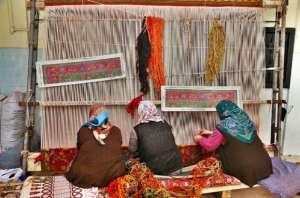
Knitting is rather coarse and piles are long. Carpets and big rug sizes are common. Runners are popular sizes here. Flat-weaves are also woven in Nakhchivan, including kilims, bags and horse covering. A type of flat-weave common in Nakhchivan called “shadda”.
Dyeing and painting of Nakhchivan rugs

Dark indigo and madder rosy dominant Nakhchivan palette. Madder’s root obtained from the area brings a unique rosy shade attributed chiefly to Persian pieces made down the Araxes, such as Heriz pieces.
Secondary palette may include camel, yellow, green, purple, pink, ivory and blue, etc. Rare shades of green may be seen in Nakhchivan pieces.

Designs and patterns of the Nakhchivan rugs
Nakhchivan follow Karabagh designs which are intricate and full of delightful details. These may include famous designs such as Chelaberd, Kasim Ushag and variants of Boteh designs. Persian floral designs, too, have their geometric versions here.
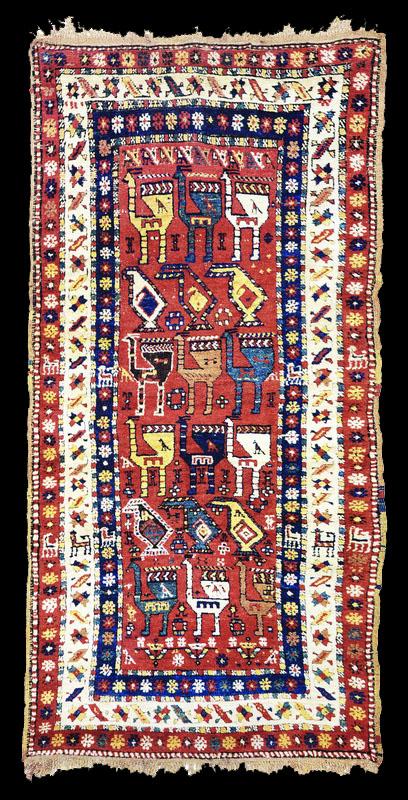
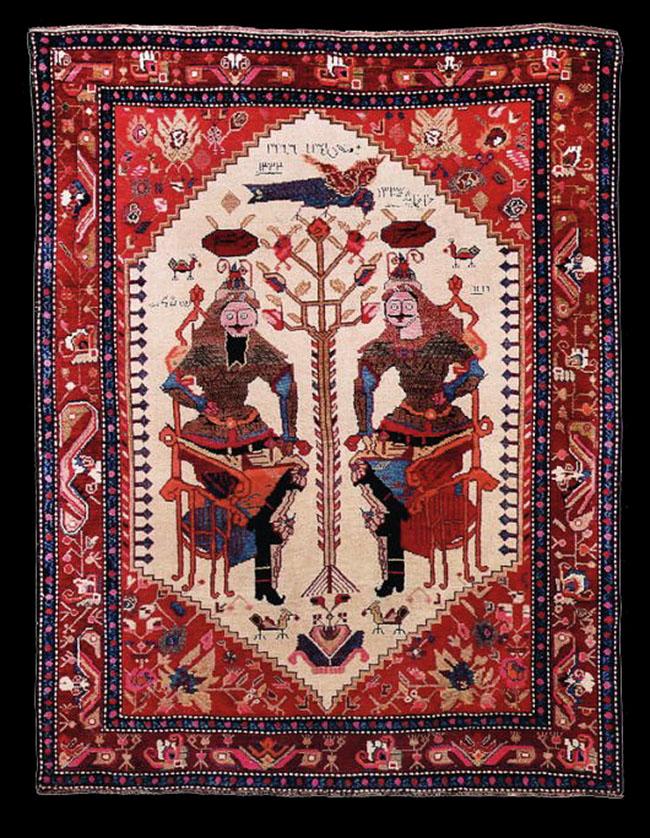
There are a good number of antique Nakhchivan rugs with pictorial designs. Such designs are chiefly under the influence of Persian miniatures in both styles and themes. Scenes of Shahnama (the Persian book of Kings), for example, have been depicted in such rugs as well as portraits of contemporary Persian kings.
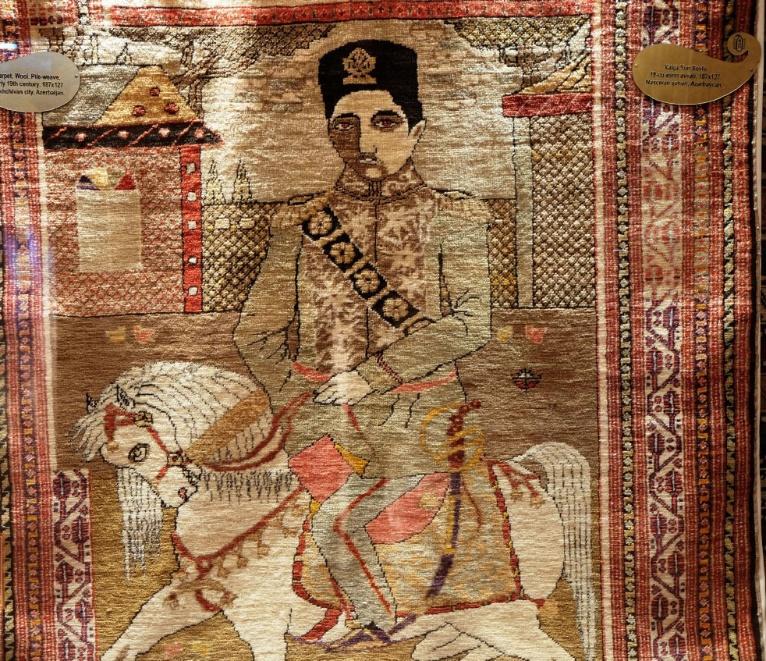
Long carpets and runners chiefly planned with Lampa design which is a columnar arrangement of medallions. Typically, eight-lobed medallions alternate with cartouches.
A type of flat-weave, common in Nakhchivan, called Shadda. Shaddas are normally designed with rows of stylized camels.

